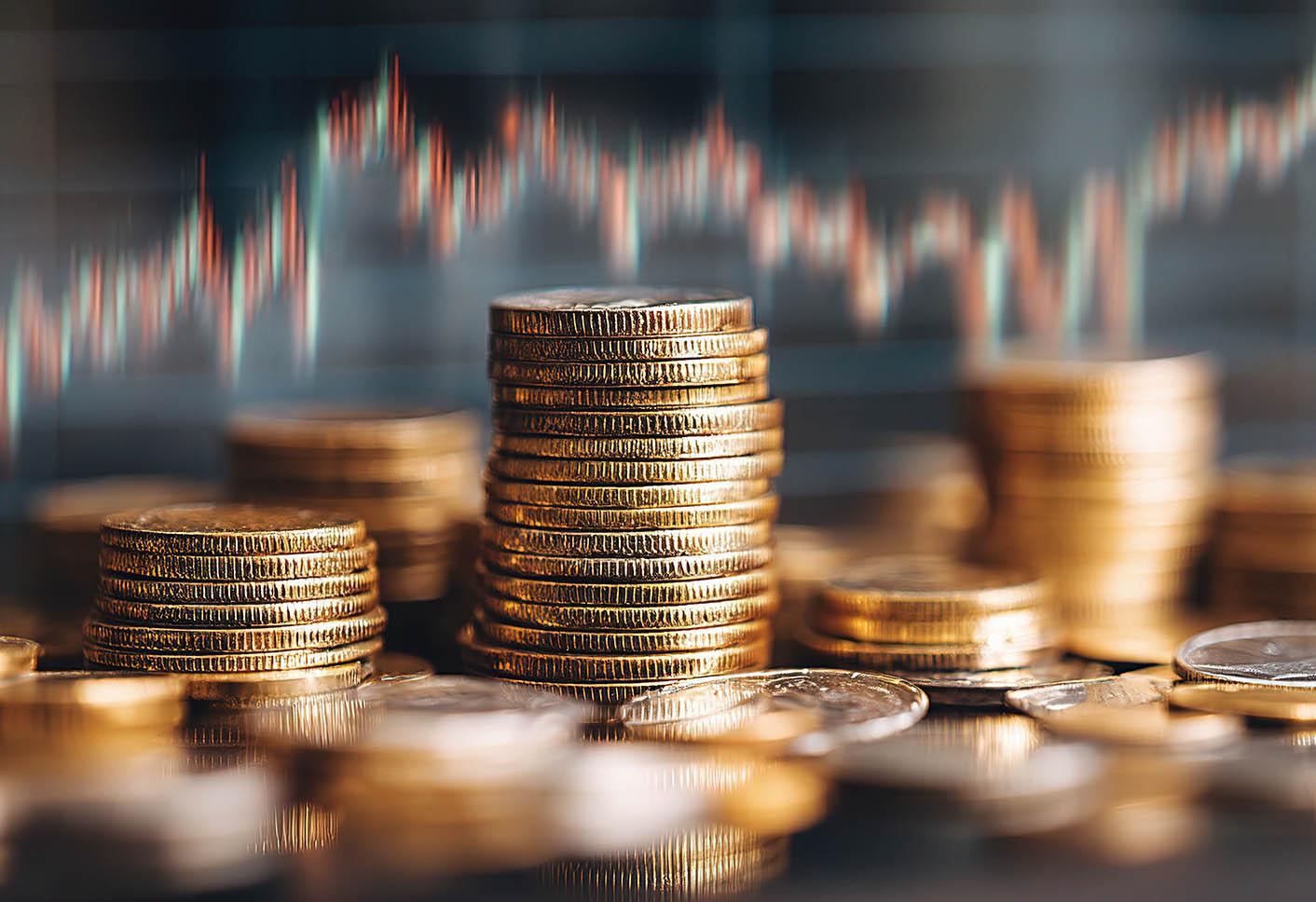Bullion Market Update – May 29, 2025

Gold and Silver Prices
Gold prices experienced modest volatility this week, ending the day on Thursday, May 29, at $3,312.40.
Silver prices increased by 0.82% from the close on Friday, May 23, to Thursday, May 29, ending the week at $33.37.
Platinum traded at $1,088.00 at the close on Thursday, reflecting a weekly gain of 0.37%.
Palladium prices declined slightly over the week, ending Thursday, May 29, at $976.00.
The gold-to-silver ratio once again hovered around 100:1 this week, closing at 99.28. The ratio has remained consistently within the 90:1–100:1 range in recent months, reinforcing the narrative that silver may be undervalued relative to gold in the current market environment.
Market Overview
The precious metals market this week reflected a cautious and mixed environment shaped by a combination of legal, economic, and geopolitical developments.
U.S. Court Ruling and Political Policy
On Wednesday, May 28, the U.S. Court of International Trade in Manhattan ruled that President Trump exceeded his authority by imposing broad tariffs on imports from countries with trade surpluses against the United States. The court determined that Trump’s justification—preventing fentanyl from entering the U.S. and rebalancing international trade—did not meet the threshold of an “unusual and extraordinary threat” as required by the International Emergency Economic Powers Act (IEEPA) of 1977.
The Trump administration immediately appealed the ruling. By the end of the day on Thursday, May 29, the U.S. Court of Appeals for the Federal Circuit issued an emergency administrative stay, temporarily overturning the lower court’s decision. This allows the tariffs to remain in effect while the legal challenge proceeds.
Despite the legal reversal, U.S. stock markets closed higher on Thursday and showed mixed performance in Friday morning futures trading, indicating that investors are not overly concerned by the news. Analysts noted that while the legal battle adds to ongoing uncertainty around U.S. trade policy, new tariff developments are being received with significantly less market fear than in early April.
There has also been considerable attention on Trump’s proposed “big, beautiful bill”, a phrase he uses to describe large-scale federal spending legislation, particularly aimed at infrastructure and border security. Economists project the bill would increase federal spending by $1.2 to $1.5 trillion over the next 10 years. The administration has cited tariff revenue, which is still in legal jeopardy, as a key funding mechanism for the proposal. The bill is expected to go to a Senate vote in early June, around the same time the legal process over the tariffs continues. Although a final court ruling is unlikely before the vote, the risk that the tariffs could eventually be ruled unlawful may still factor into the decisions made on Capitol Hill.
Macro-Economic Data & Central Bank Policy
On Wednesday, the Federal Reserve released minutes, a detailed record of what was discussed in their most recent policy meeting, from its May 6–7 policy meeting. The document highlighted growing concerns about persistent inflation and the potential for rising unemployment: a stagflation scenario. Policymakers signaled a cautious, wait-and-see approach regarding future interest rate cuts. The Fed’s stance, combined with the uncertainty stemming from the trade court ruling, added to market volatility, including within the precious metals space.
